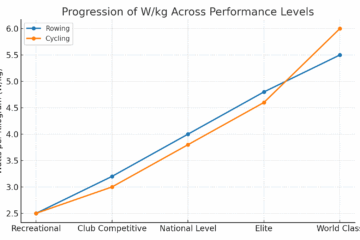Rowing is one of the oldest sports in the world, with evidence of rowing dating back to ancient Egyptian times. The sport was popularized in ancient Greece and Rome, where rowing was considered an essential component of military training. The first recorded rowing race took place in Athens in 688 BCE, and rowing became a regular feature of the ancient Olympic Games.
During the Middle Ages, rowing continued to be used for military purposes, with rowing vessels known as galleys used for both transport and warfare. It was during this period that rowing began to evolve as a sport in its own right, with rowing races becoming popular among sailors and fishermen in coastal communities.
By the 19th century, rowing had become a popular leisure activity, particularly among the upper classes. The first rowing club was founded in England in 1818, and the sport quickly spread to other parts of Europe and North America. The first intercollegiate rowing race in the United States took place in 1852 between Harvard and Yale, and the sport soon became a staple of American college athletics.
In the early 20th century, rowing became an Olympic sport, with the first rowing competition held at the 1900 Paris Games. Since then, rowing has been a regular feature of the Olympics, with the sport expanding to include both men’s and women’s events in a variety of boat classes.
Today, rowing is a popular sport around the world, with millions of people participating in the sport at the recreational and competitive levels. From ancient Egypt to modern-day Olympic competitions, the history of rowing is a rich and fascinating one that reflects the enduring appeal of this timeless sport.



0 Comments